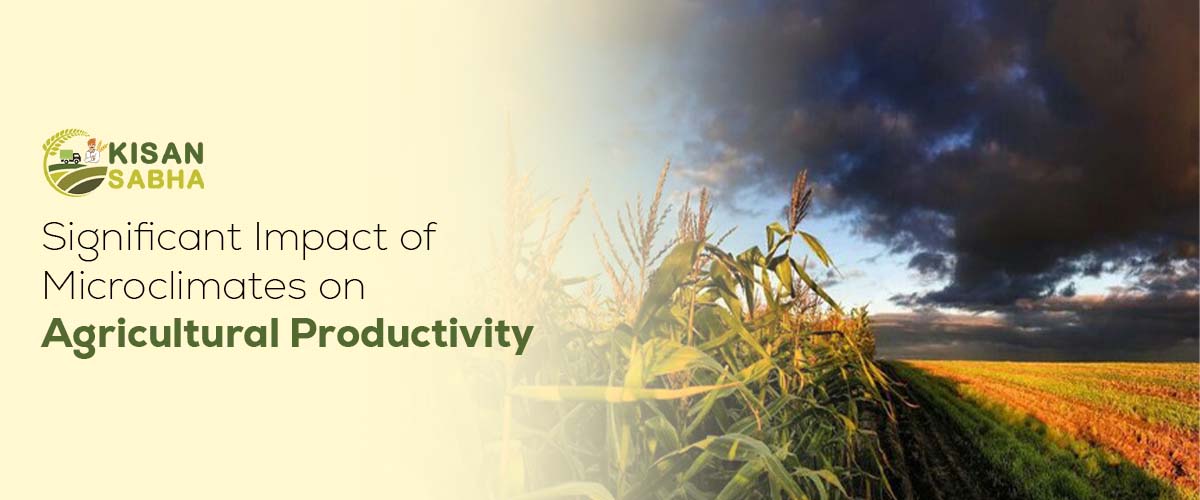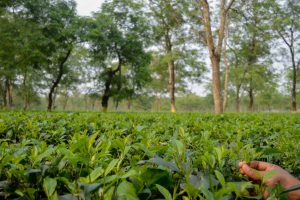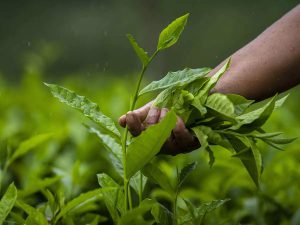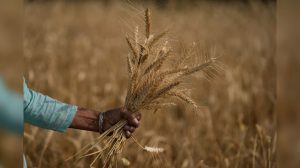Microclimates are small-scale differences that substantially influence agricultural practices and farming methods. These climatic micro pockets, which impact height, soil type, and vegetation cover, result in the formation of localized environmental climates that influence crop and plant development, pest and disease prevalence, and soil moisture availability. In this essay, the author investigates the essential impacts of microclimates on farming and gives insights into how farmers manage such situations to achieve better agricultural outcomes in times of climate change.
What is Microclimates?
A microclimate is a collection of several climate factors that produce distinct, small-scale climate regimes in a given region. Such fluctuations can take many forms, including variances in temperature, humidity, wind, and rainfall. Topographic characteristics such as water availability, height, steepness, and tree cover, among others, determine three types of microclimates. As a result, crops in surrounding agricultural areas may experience vastly different circumstances. It necessitates the incorporation of microclimate variations into the local farming process.
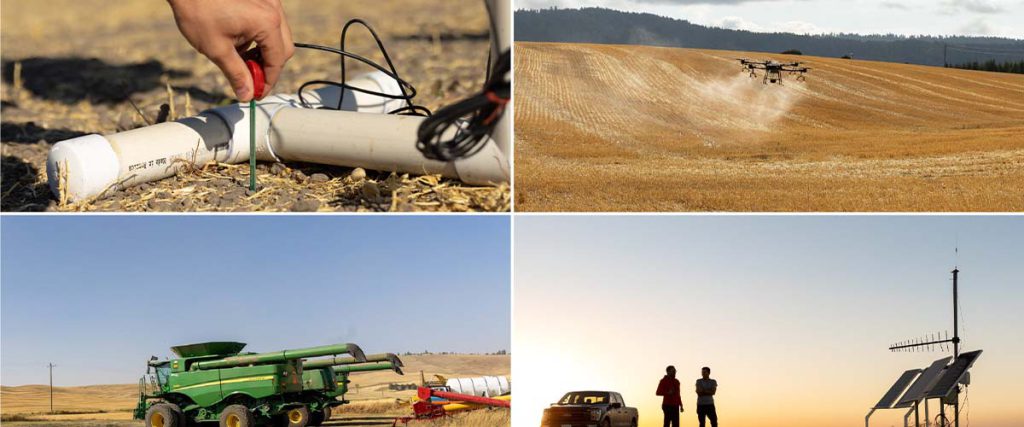
Effects of Cropping Pattern and Suitability
A new dimension of conflict is therefore introduced to crop selection and suitability. Because certain crops are more vulnerable to climatic fluctuation than others. Thus, farmers must do a concurrent microclimate study that covers temperature ranges, frosts, and moisture availability. Microclimate-matched crop selections allow farmers to maximize output potential. It also reduces sensitivity to climate change. However, it results in the overall performance of their agricultural systems.
It is believed that agricultural landscapes with persistent pests and diseases are mostly due to the influence of microclimates. Certain pests and illnesses thrive in a microclimate that is created by variations in temperature, humidity, or wind. As it influences their product, as well as selects suitable pest management strategies. Also, disease control measures come into notice based on the prevailing microclimatic.
Also Read:- How to Grow Maize in India: A Guide to Corn Production?
Water Management: Challenges and Opportunities
Microclimates play an important role in managing water supply and demand. And can be viewed as both risks and possibilities for AMW. It also describes sections as regions with distinct microclimates that may experience varying levels of rainfall, evapotranspiration, or water storage capacity. As a result, farmers must execute field-scale water management. They must take into account the microclimates’ water relations to master the water supply and demand in connection to crop development in the microclimate zones. Towards the overall evolution of farming techniques through customization to microclimatic variability.
As a result, there is a need for a move to new agricultural approaches that can address the characteristics of microclimates. Farming strategies include planting, date modifications, crop selection, microclimate-appropriate watering regimens, and shelterbelts that need farmers to alter operations and optimize yields for microclimatic. It has been found that farmers should use the natural ability of agricultural production systems. This will help to cope with the diverse effects of microclimatic pressures.
Information Technology: Leveraging Technology to Drive Innovation
We do have technology that aids in weather forecasting, remote sensing, microbiological technologies, and precision farming, which provide farmers with a tool to comprehend microclimates. Farmers will make proper decisions on planting, watering, and pest control based on current meteorological data and microclimate specifics, increasing resource efficiency and the longevity and sustainability of their farming businesses across all of the microclimates presented in the study.
Conclusion
Microclimate has a major influence on crop choice, pests, irrigation schedules, and resistance strategies, according to a thorough analysis of farming. By expanding further to account for the many microclimates, farmers will be able to strike the right balance between increasing agricultural output and reducing the consequences of climate change. Custom principles, technology, and knowledge help farmers create appropriate agricultural systems. As it will adapt to the circumstances and potential of microclimates. This allows for sustainable and productive farming in a climate that is continuously changing.


